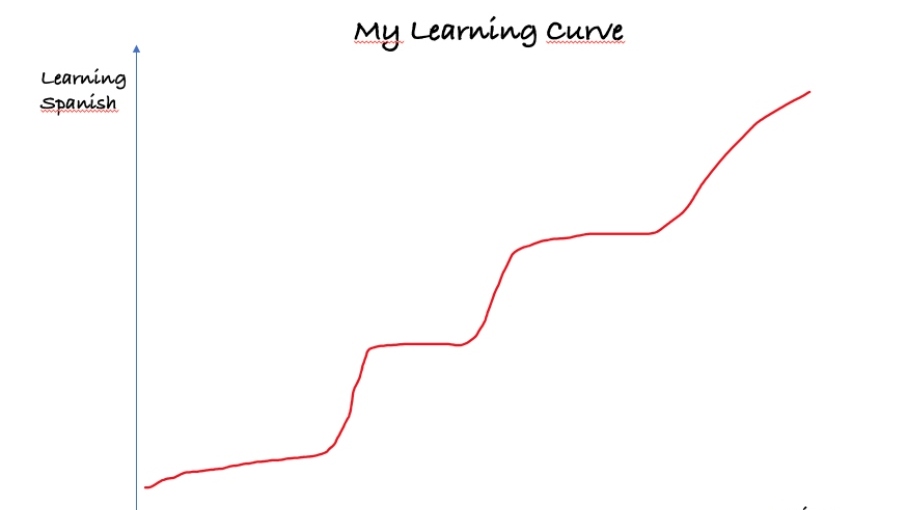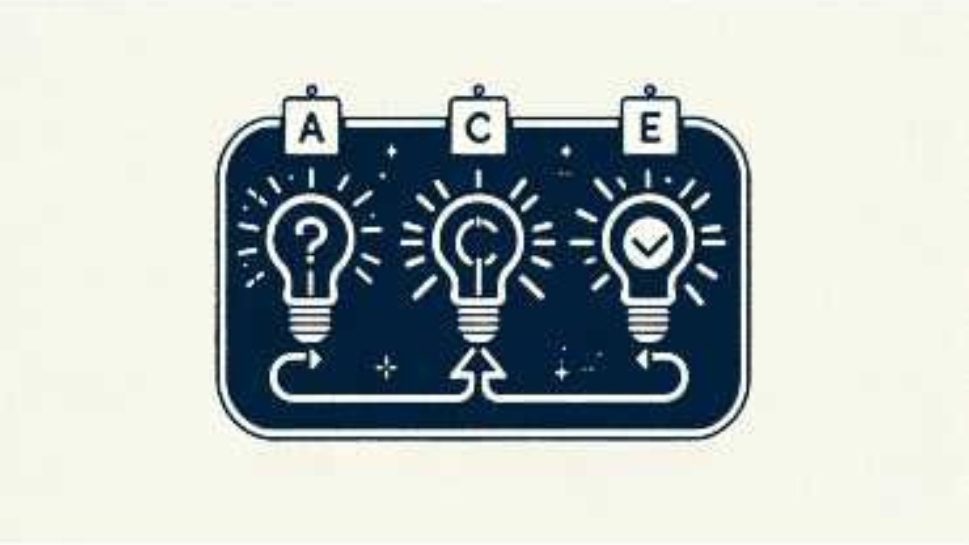Unlocking Your Learning Potential: Understanding Your Success Criteria by Visualizing your Learning Curve
Learning is a continuous process, and to truly excel and “learn better”, one must understand their success criteria for learning. Whether it’s picking up a new skill, mastering a language, or exploring a new subject, knowing what drives successful learning can make all the difference. Success criteria can be anything from a valuable guide or book, targeted training, a supportive learning buddy or mentor, dedicated time off, or a clear timeline for progress. If unsure about these criteria, look back at past successful learning experiences and reflect on what made them successful. Visualizing a learning curve can also provide valuable insights.
Start by drawing a learning curve:
- The x-axis represents time
- The y-axis represents the particular learning endeavor, such as learning Spanish, mastering Italian cooking, doing more exercise, or understanding a new app.
- Enter the learning curve and reflect on its movements. What factors helped it move upwards and forwards?The answers to these questions provide valuable signals about what is needed for successful learning—our learning criteria.
Let’s consider the example of learning a new language, Spanish. The learning curve for mastering Spanish might look something like this:
At the beginning of the learning curve, the progress might be slow, with minimal improvement in language proficiency. As time goes by, there might be a significant spike in improvement, possibly due to factors such as consistent practice, engaging language materials, or even conversing with native speakers. As the curve progresses, there might be periods of stagnation, followed by sudden leaps in comprehension and fluency. Each upward movement on the curve represents a milestone—perhaps learning a new tense, mastering a complex grammar rule, or achieving fluency in conversations.
Reflecting on this curve would reveal that dedicated study time, interactive language learning apps, regular conversations with native speakers, and using Spanish in real-life scenarios all contributed to the upward movements. Each dip or plateau on the curve might indicate a need for a different approach or resource to overcome the learning challenges and keep progressing.
By understanding the movements of this learning curve, one can identify the success criteria or the factors that significantly contributed to progress. This example illustrates how visualizing a learning curve can provide valuable insights into the learning process and help define the success criteria for effective learning.
Learning is a journey, and knowing your success criteria can make that journey more rewarding and successful. So, take the time to reflect on your past successes, visualize your learning curve, and embrace your personalized success criteria. With this understanding, you can venture into new learning experiences with a clear roadmap to success and the confidence to tackle each learning curve that comes your way. Learn to learn better!



